Daryl Dixon stands out in the ‘The Walking Dead’ universe because the character blends real-world survival know-how with a consistent on-screen history of problem-solving under pressure. From tracking and hunting to building and maintaining gear, the character’s actions across ‘The Walking Dead’ and ‘The Walking Dead: Daryl Dixon’ show a pattern: when supplies are short and dangers stack up, Daryl uses specific, learned skills to keep people moving and missions on track.
Across the main series and the France-set spin-off, Daryl’s record is easy to trace through episodes, locations, and equipment changes. You can point to the crossbow models he cycles through, the custom motorcycles built for long hauls, and the way he integrates tracking, stealth, and practical fieldcraft into group logistics. Here are ten concrete aspects of the character that consistently make a difference on screen.
Expert tracking and hunting
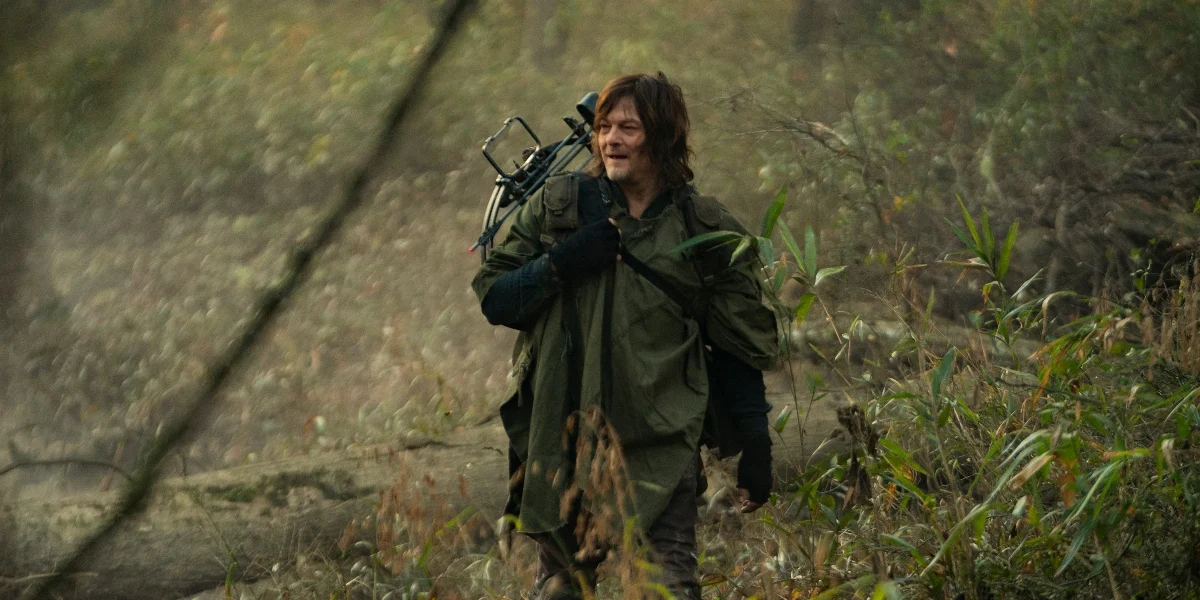 AMC
AMCDaryl repeatedly uses sign-reading—footprints, broken brush, drag marks, and scent—to locate people and game in ‘The Walking Dead’. The character’s searches for Sophia in the second season include methodical grid sweeps and terrain checks, and later arcs show him spotting subtle ground disturbances to follow hostile groups at a safe distance without giving away his position.
Those same skills feed the group, especially during stretches when ammunition and canned goods run thin. Daryl’s small-game traps, fishing, and quick field-dressing keep travel light and silent, and the meat and hides are put to immediate use—protein for the community and materials for improvised gear and repairs.
Crossbow mastery
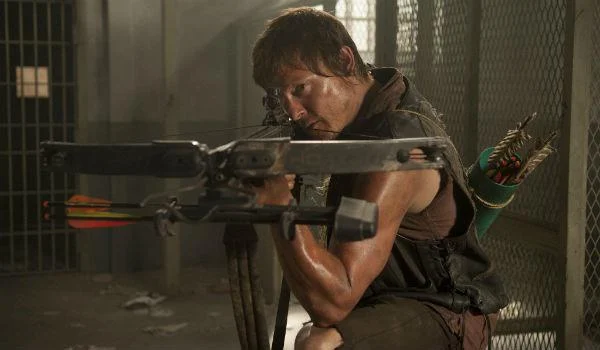 AMC
AMCEarly in ‘The Walking Dead’, Daryl carries a Horton Scout HD 125, favoring it because the bolts can be recovered and reused. In later seasons he switches to a Stryker StrykeZone 380, which offers faster follow-up shots; both setups help him conserve ammunition while staying quiet enough to clear walkers without drawing more trouble.
The crossbow also supports reconnaissance: Daryl uses it to neutralize isolated threats at range without compromising stealth, then retrieves the bolts to keep his loadout sustainable over long treks. He pairs the crossbow with a fixed-blade knife for immediate close quarters, reducing reload delays in tight spaces or stairwells.
Custom motorcycles built for the apocalypse
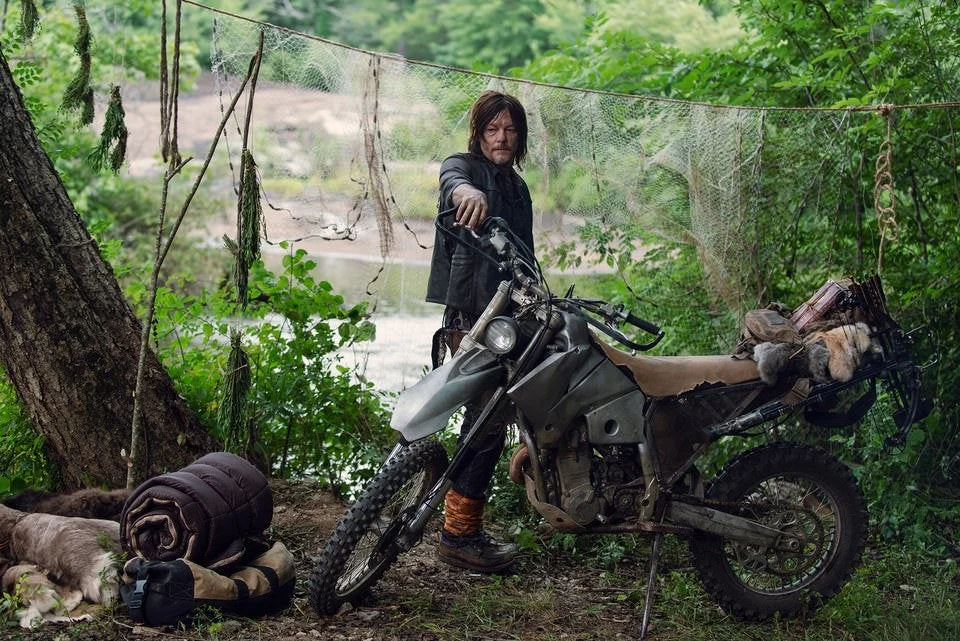 AMC
AMCFrom mid-series onward in ‘The Walking Dead’, Daryl rides production-built customs from Classified Moto, assembled from Honda CB750 Nighthawk bases with parts chosen for reliability and easy maintenance. The show kept at least two near-identical bikes in circulation so scenes could continue even if one needed service, mirroring the redundancy survivors would plan for on the road.
On screen, the motorcycles extend range and hauling capacity; Daryl uses them for scouting loops, messenger runs between communities, and rapid exfil when noise discipline is less critical than speed. The bikes’ simple, air-cooled platforms and chain drives make field fixes—chain tension, cable swaps, plug changes—feasible with limited tools.
Fieldcraft and improvised problem-solving
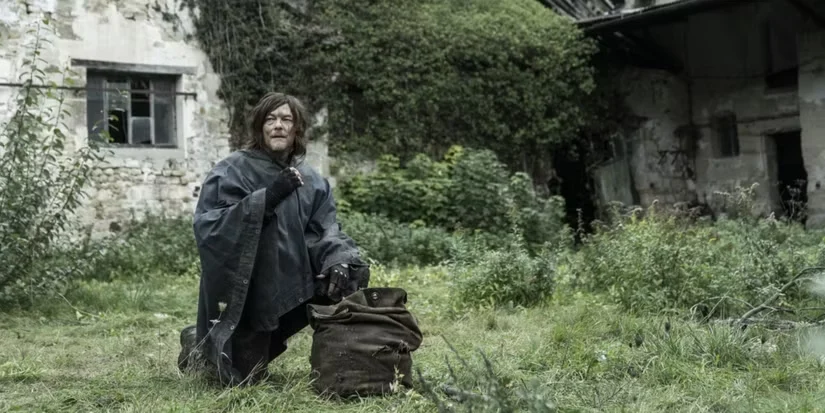 AMC
AMCWhen supplies run low in ‘The Walking Dead’, Daryl falls back on practical bush skills: knotwork for shelters, fire starting with found materials, and water safety steps like boiling or filtering with cloth before moving to better purification methods. These actions are shown as part of camp routines rather than one-off hero shots, reinforcing their day-to-day value.
He also adapts junk into tools—cut-down shafts for extra bolts, repurposed straps for sling carries, and duct-taped bindings to stabilize sprains long enough to keep a group mobile. The emphasis is on quick fixes that hold through a march, with proper repairs slotted in once the group reaches a safer stop.
Quiet communications and hand signals
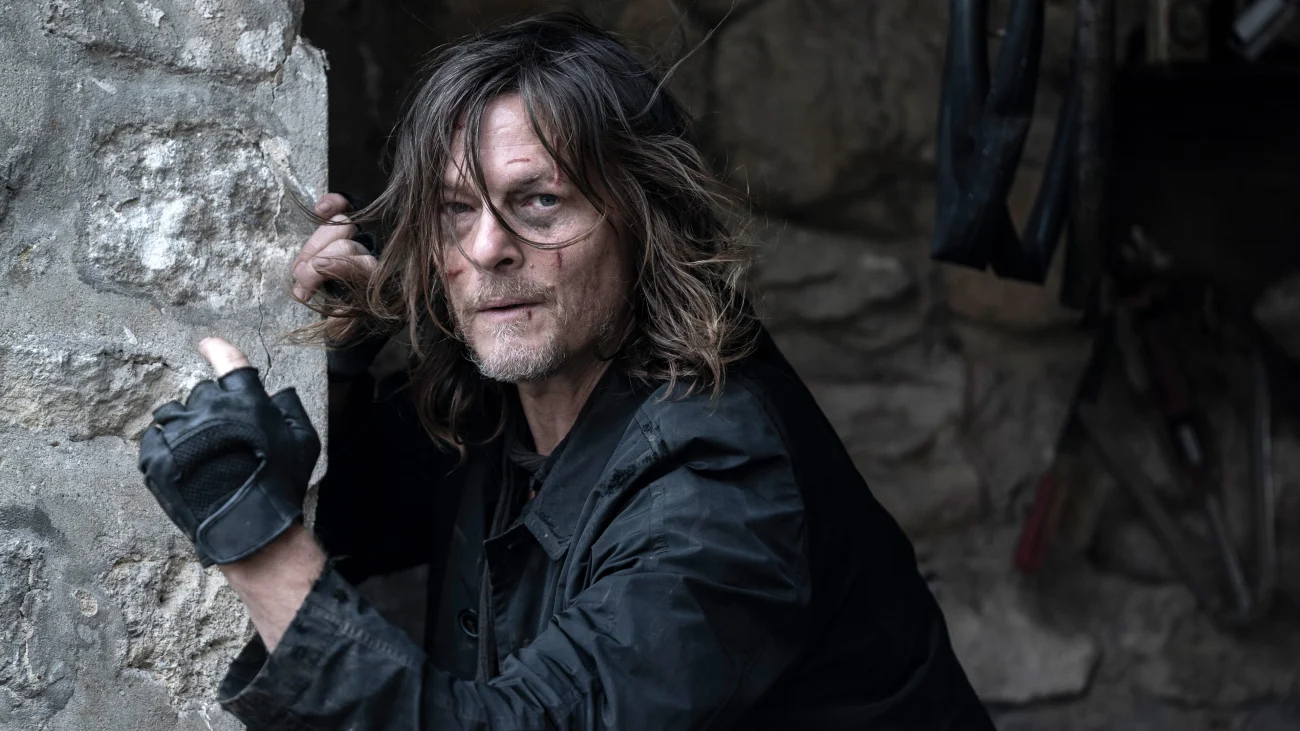 AMC
AMCIn both ‘The Walking Dead’ and ‘The Walking Dead: Daryl Dixon’, Daryl often coordinates with teammates using taps, gestures, and eye-line cues to avoid alerting nearby threats. These sequences show pre-arranged signals—halt, split, collapse, and point-targets—used during building clears or woodland movement where voice commands would carry.
This nonverbal system integrates with his scouting style: he’ll post others at angles, mark lanes of fire, and then use a minimal signal to trigger movement. Because the cues are simple and repeated, they’re easy to teach to new allies and keep mixed groups from bunching up at chokepoints.
Knife work and close-quarters tactics
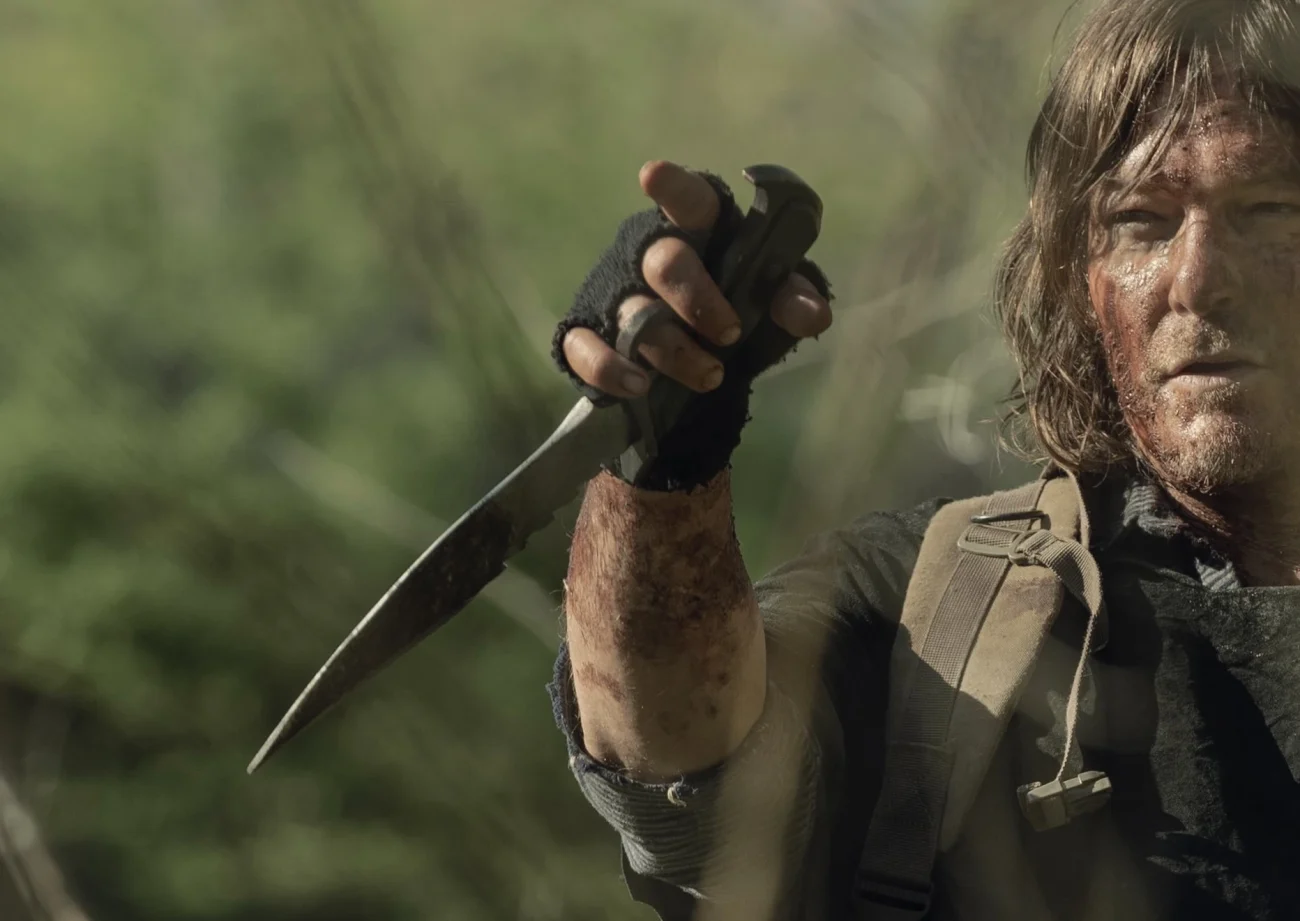 AMC
AMCAlongside the crossbow, Daryl relies on a fixed-blade knife carried for reverse-grip and standard-grip use, allowing quick transitions after a shot. In confined interiors in ‘The Walking Dead’, he prioritizes single-target control—push, pin, finish—so the noise footprint stays low and the group doesn’t get boxed in by stairwells or door frames.
He also uses improvised shields and obstacles—doors kept half-closed, shelving tipped to shape a lane—to funnel threats. That lets him and his partners work from relative safety, neutralizing walkers in sequence rather than facing a loose crowd at once.
Logistics support and route planning
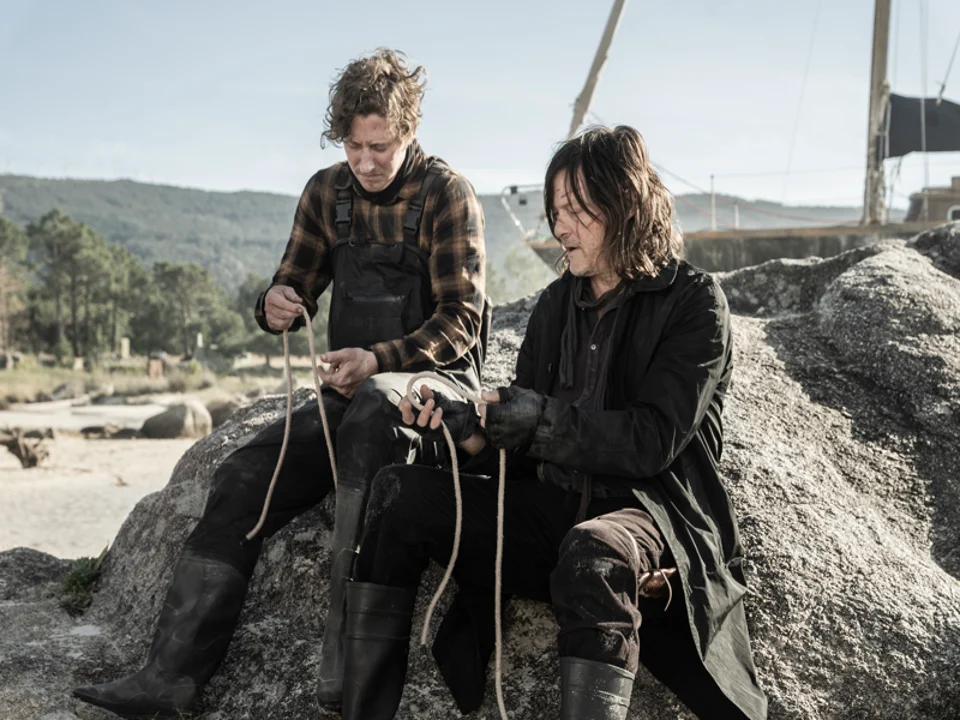 AMC
AMCDaryl frequently scouts ahead to check bridge integrity, fuel stops, and water crossings in ‘The Walking Dead’. He brings back details like choke hazards, line-of-sight limits, and viable detours, which the group factors into convoy spacing and rest points to reduce breakdown risks and ambush exposure.
He also helps manage haul-outs after supply runs, balancing weight across packs and carts so the team can keep pace without burning through energy reserves. This attention to load planning shows up when moving medical supplies, where speed, weather, and terrain all dictate how much the group can safely carry.
Protector role with ‘Dog’
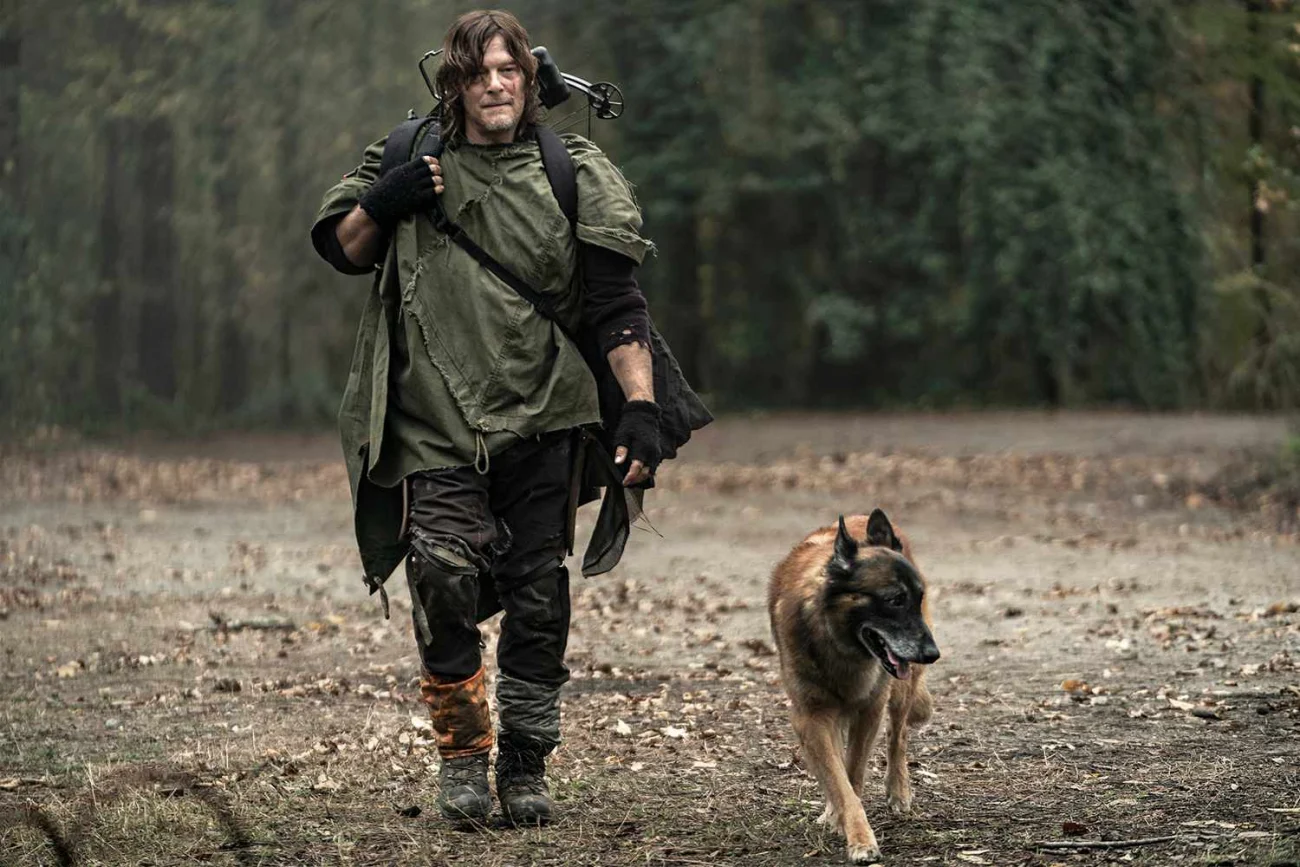 AMC
AMCIntroduced in later seasons of ‘The Walking Dead’, Dog—a trained Belgian Malinois—adds search, alert, and retrieval functions to Daryl’s toolkit. Dog’s scenting helps locate people and threats beyond visible range, and the early-warning barks or posture cues give Daryl and teammates a few crucial seconds to reposition.
Field sequences show Dog working off hand signals and short commands to stay low, hold, or return, which helps maintain noise discipline. The pairing also expands the effective search area during daylight patrols, as Dog can range out and circle back while Daryl follows sign.
The France mission in ‘The Walking Dead: Daryl Dixon’ (2023–)
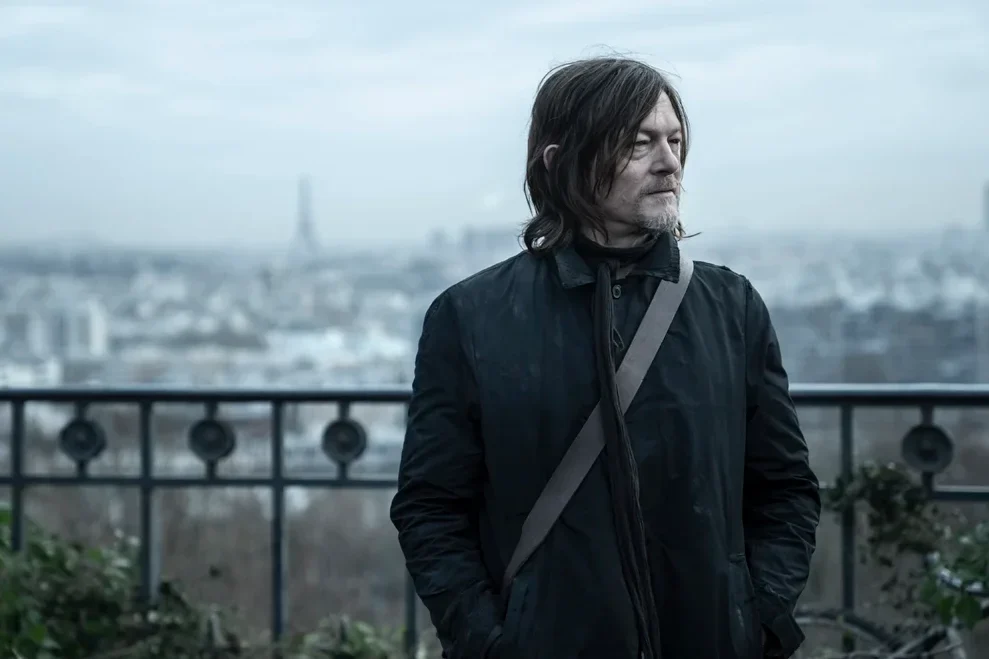 AMC
AMCIn ‘The Walking Dead: Daryl Dixon’, the character washes ashore in France and connects with a religious community tasked with escorting a boy named Laurent. The journey includes monastery safe houses, river routes, and urban navigation through partially flooded or barricaded neighborhoods, requiring the same scouting and stealth habits seen in the main series.
The spin-off introduces local walker variants and human factions with different equipment and tactics, pushing Daryl to adapt—switching weapons as needed, trading for supplies, and adjusting movement patterns around walled districts and checkpoints. The show’s locations add maritime constraints and European road networks to the usual travel problems, changing how he times crossings and choke points.
Recognizable gear and vest with wings
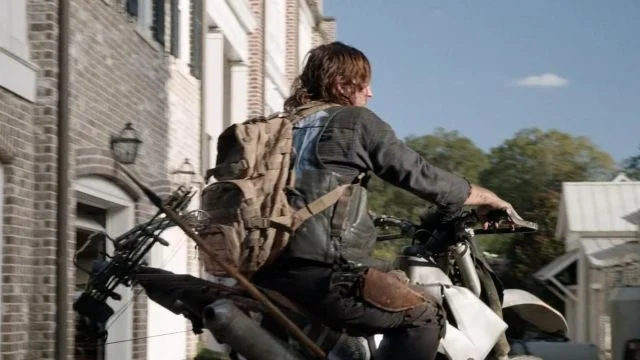 AMC
AMCDaryl’s sleeveless leather vest with the wing patches becomes a consistent visual marker in ‘The Walking Dead’, making him easy to identify at range for allies during multi-group operations. The cut allows full shoulder mobility for drawing a bowstring or swinging a blade, and the open sides reduce fabric snag risk when moving through brush or rebar.
His quiver placement and bolt carry also evolve to speed reloads without dumping gear, and he keeps pouches light with only essentials: cordage, a few medical items, and small tools. Taken together, the outfit functions as working kit—not just a look—supporting the tasks the character performs most often.
Share your favorite Daryl moments and what you’d add to the list in the comments!

.jpeg)

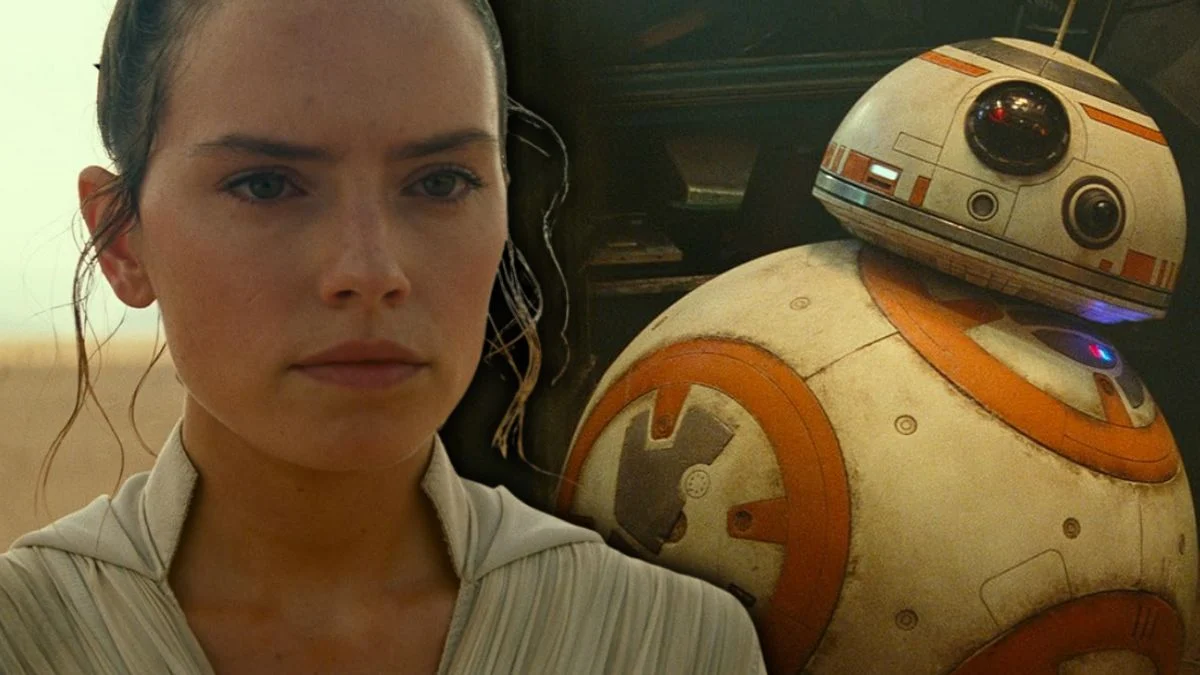


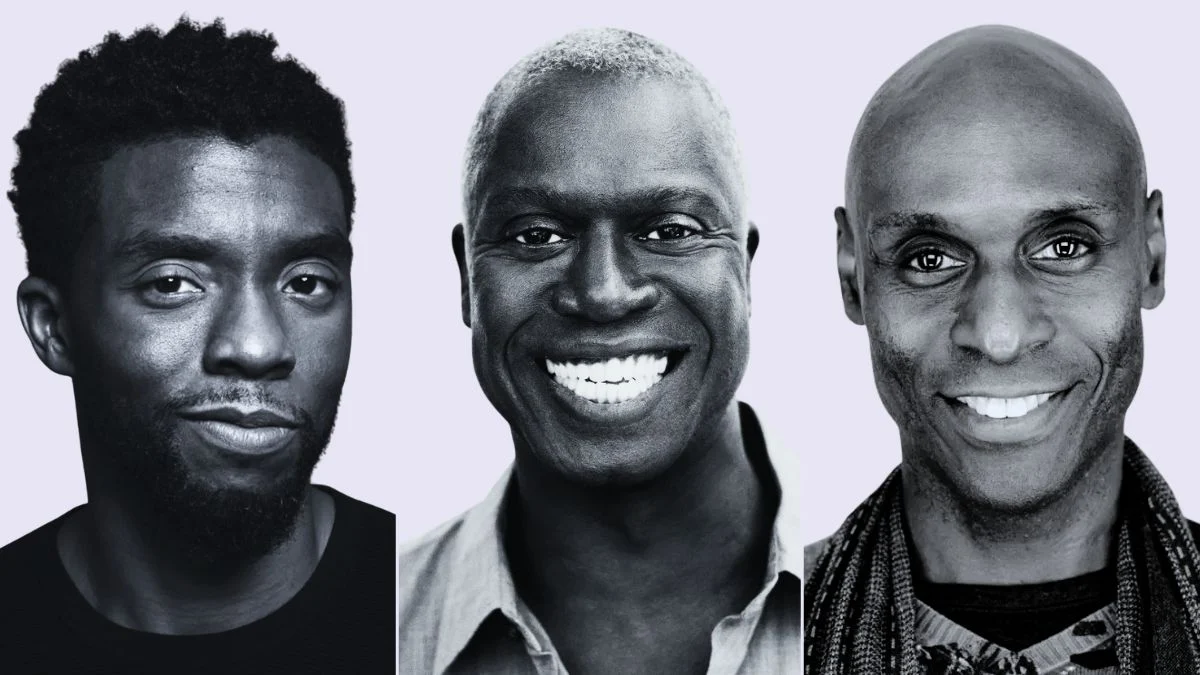



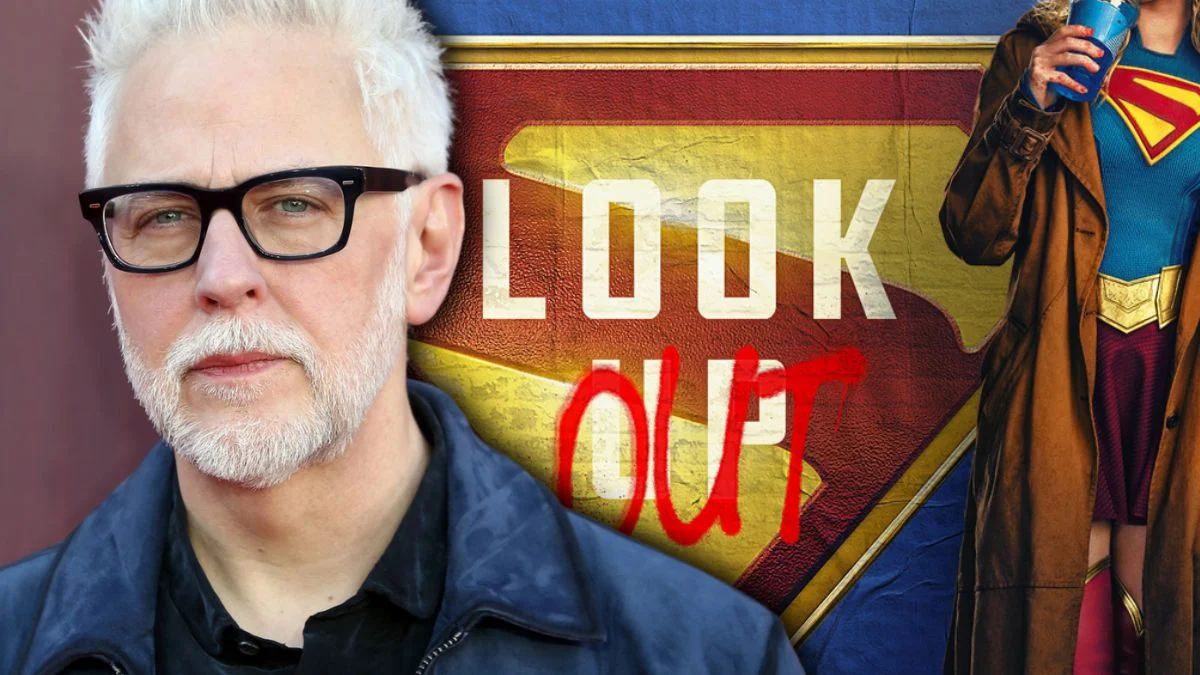
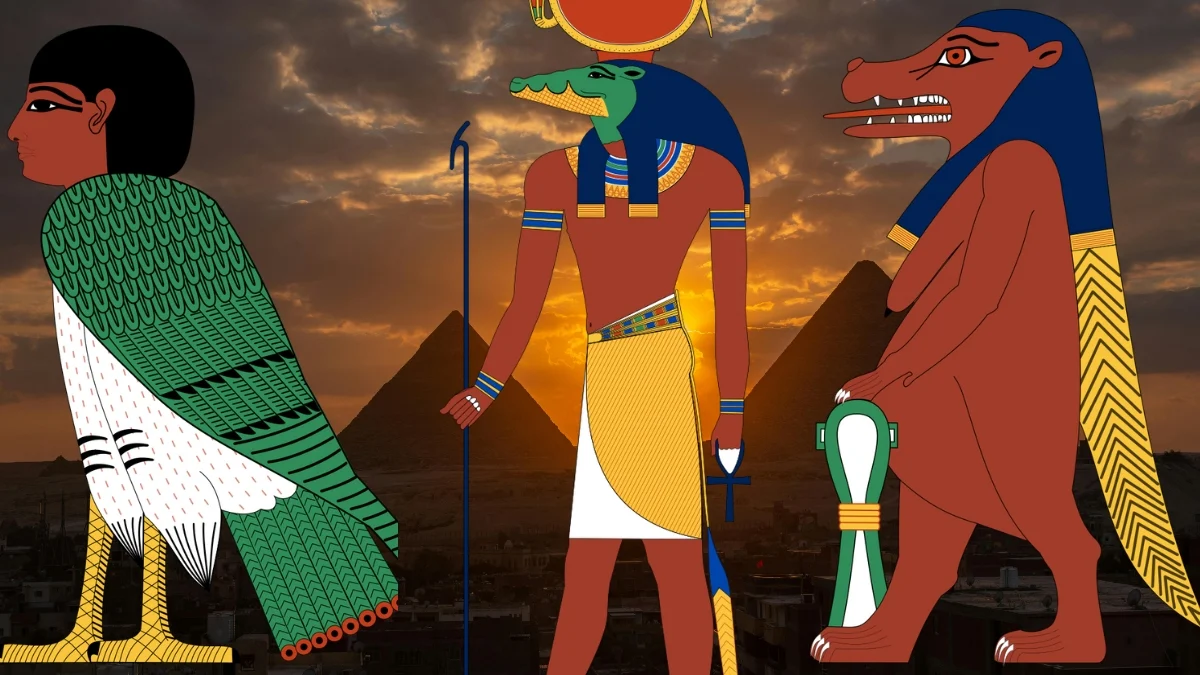
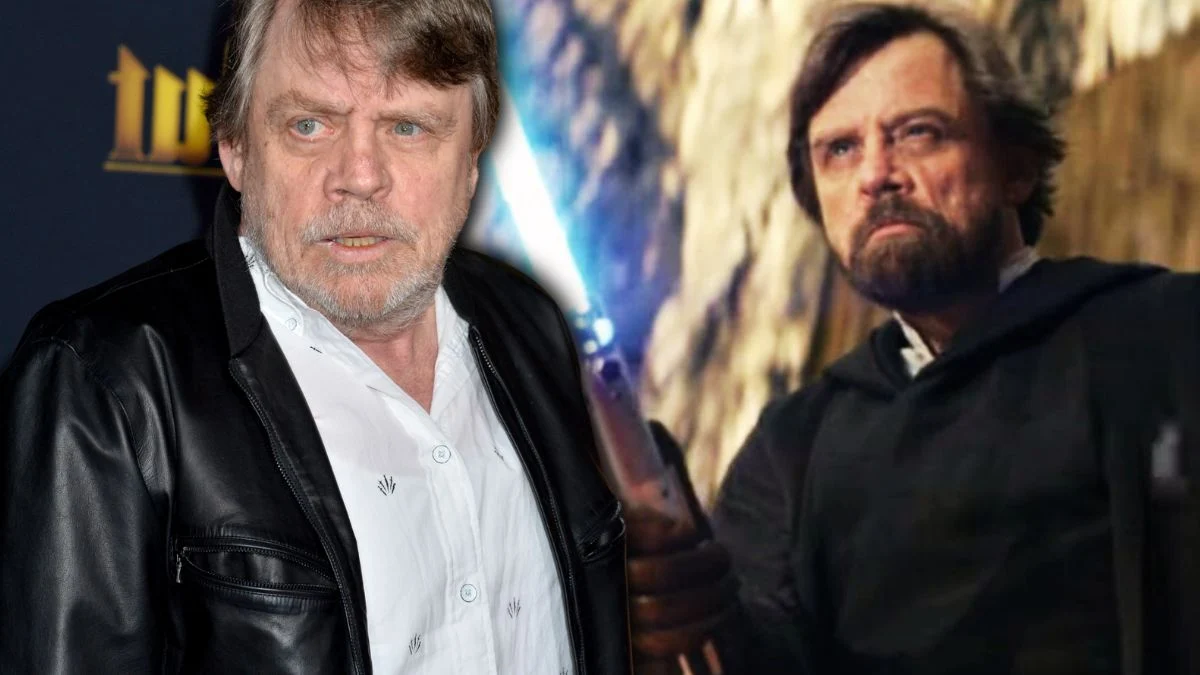






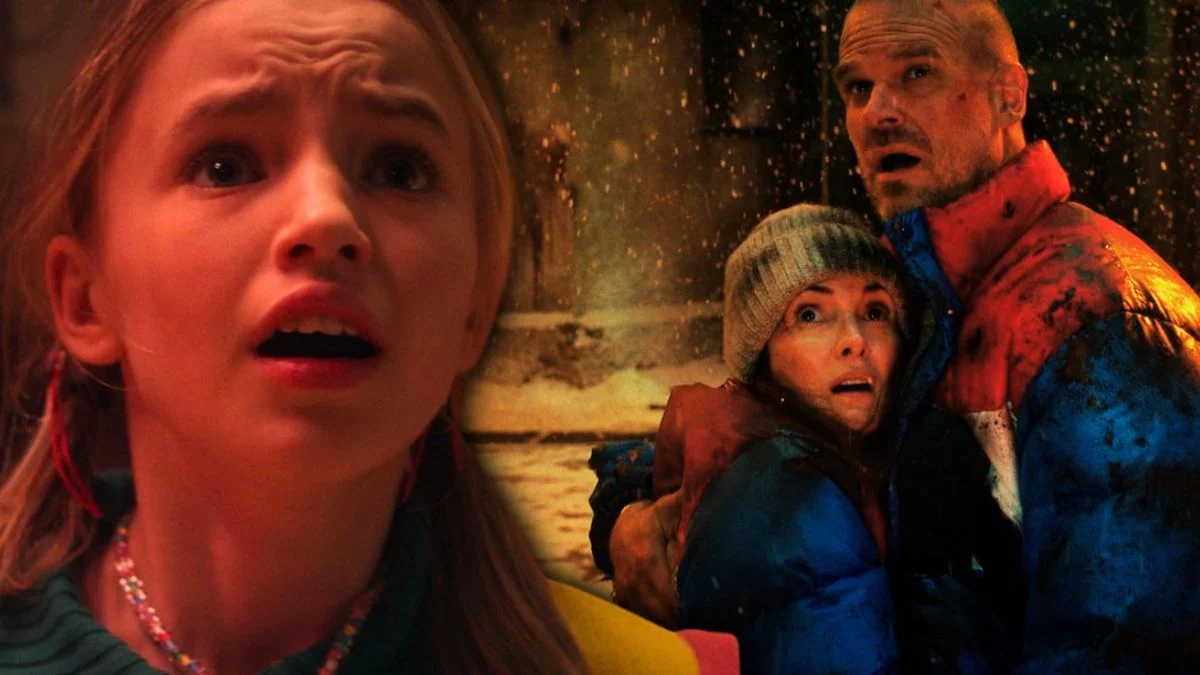

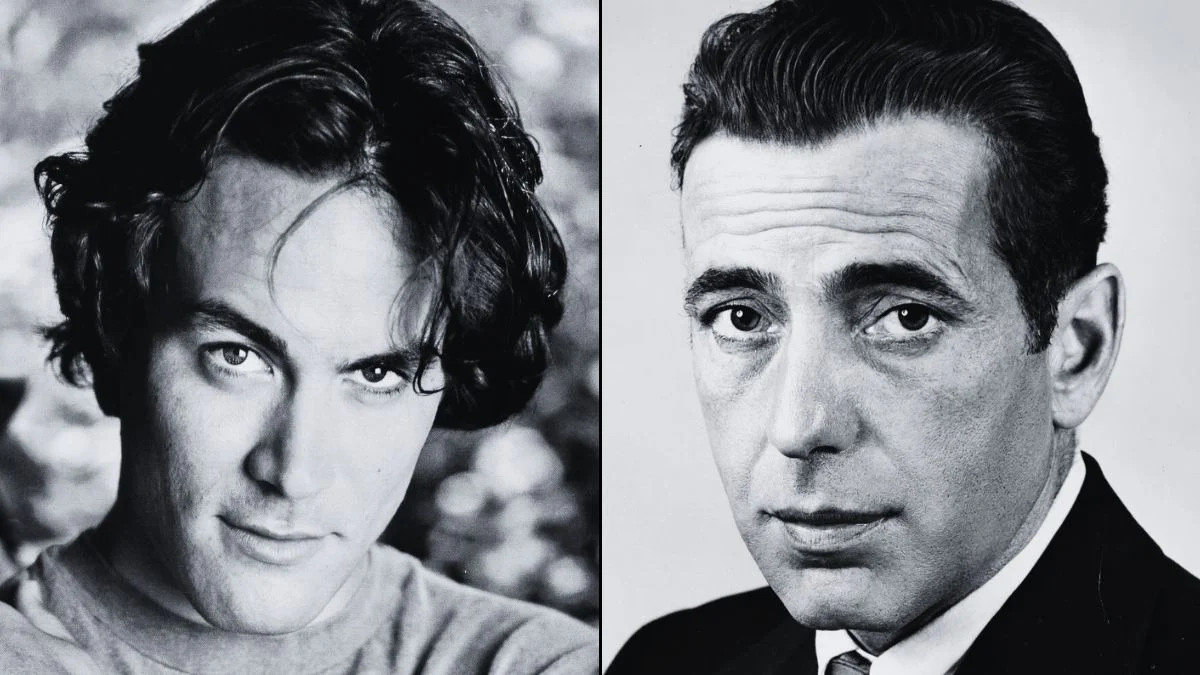



.jpeg)













 English (US) ·
English (US) ·